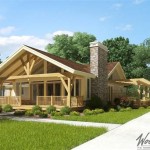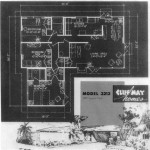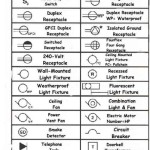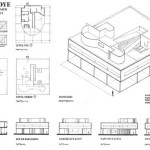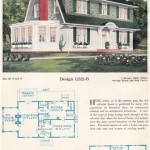Essential Aspects of House Plans Nova Scotia
Designing and building a home in Nova Scotia requires careful planning and attention to detail. House plans provide a comprehensive blueprint for your dream home, outlining the structure, layout, and aesthetics. Understanding the essential aspects of house plans is crucial for informed decision-making throughout the construction process.
1. Site Assessment
Before designing a house plan, it is necessary to assess the building site thoroughly. Factors to consider include slope, soil conditions, access to utilities, and potential environmental hazards. A site assessment helps ensure that the house plan is compatible with the site and minimizes future issues.
2. Functional Layout
The functional layout of a house plan determines how spaces are organized and connected. It should optimize flow, minimize wasted space, and meet the specific needs of the occupants. Consider factors such as room sizes, traffic patterns, and natural light to create a comfortable and efficient living environment.
3. Building Code Compliance
All house plans must adhere to the local building codes. Building codes regulate aspects such as structural safety, energy efficiency, and accessibility. It is essential to work with a licensed architect or designer to ensure that the house plan is up to code.
4. Structural Design
The structural design of a house plan determines the stability and integrity of the building. It includes calculating loads, selecting materials, and designing structural elements such as foundations, walls, and roofs. Proper structural design ensures that the house can withstand external forces, such as wind and snow.
5. Energy Efficiency
Energy-efficient house plans minimize energy consumption and reduce utility bills. Consider factors such as insulation, windows, and HVAC systems to design a home that retains heat in winter and stays cool in summer. Energy-efficient homes are environmentally friendly and contribute to lower operating costs.
6. Aesthetic Appeal
The aesthetic appeal of a house plan reflects the personal preferences and architectural style of the occupants. Choose a plan that balances curb appeal with interior functionality. Consider features such as exterior finishes, window styles, and landscaping to create a harmonious and attractive home.
7. Customization
House plans can be customized to meet specific requirements and budgets. An architect can modify an existing plan or create a custom design that incorporates unique features, such as a home office, a sunroom, or a separate guest suite. Customization allows homeowners to tailor their house plan to their individual needs and aspirations.
Conclusion
House plans Nova Scotia are essential for designing and building a dream home that meets functional, structural, and aesthetic requirements. By considering the essential aspects outlined above, homeowners can make informed decisions that will result in a safe, comfortable, and beautiful living space. It is recommended to seek professional guidance from an architect or house plan designer to ensure a successful project.

Nova Scotia 657 Robinson Plans Tiny House Living

50 Top Ing Nova Scotia House Plans Drummond

50 Top Ing Nova Scotia House Plans Drummond

Nova Scotia House Plans Edesignsplans Ca

50 Top Ing Nova Scotia House Plans Drummond

Accurate House Plans Dartmouth Nova Scotia Home Designs

Nova Scotia House Plans Edesignsplans Ca

The Nova Scotia Small Home Plans

The Lahave Lighthouse Timber Frame House Plans

Nova Scotia House Plans Houseplans Com



